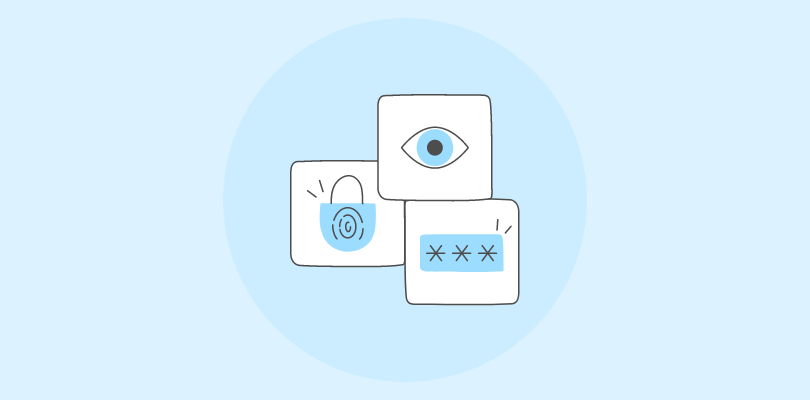
I once found myself in a training session that was more like a slow-motion episode of “Watching Paint Dry.” Not exactly inspiring, right? Well, that’s when I realized how crucial an engaging training session can be.
So, what exactly is a training session? Why should you care? And more importantly, how can you create one that keeps everyone from checking their phones every five minutes?
In this guide, I’ll share the secrets to creating a training session that doesn’t just inform but excites you. You’ll discover the core benefits, the essential components, and the steps to design one that leaves a lasting impression.
Ready to transform your training sessions from “meh” to “wow”? Let’s dive in!
What Is a Training Session?
A training session is basically a planned event where you teach new skills or transfer knowledge to a group of employees. It’s like a workshop but specifically focused on helping them improve their work performance.
Think of it this way: You have some information or a skill that you want your team to learn, so you design a session to explain it to them clearly and engagingly. This could involve presentations, videos, courses, discussions, activities, or even practice exercises—anything that helps them grasp the material.
Why Are Training Sessions Important?
Training sessions are an investment in your greatest asset: employees.
Imagine this: You’ve got a team of talented individuals, but you know they could be unstoppable with a little extra polish. Training sessions are your way to bridge that gap. You can take their skills and knowledge to the next level, whether it’s mastering a new software program or perfecting a sales strategy. By providing targeted instruction, you equip your employees with the tools they need to excel. And guess what? When your employees are well-trained, they become ninjas in their roles. They can tackle tasks with lightning speed and make fewer mistakes. This translates directly to a productivity boost for your entire team. But it’s not just about speed. You can significantly reduce errors by equipping your teams with the right knowledge and procedures. We all know mistakes happen, but training helps prevent them in the first place. This saves you time and money and ensures your work meets the highest standards.
Similarly, training isn’t just about ticking boxes. It’s about sparking creativity and igniting problem-solving skills. By exposing your employees to new ideas and approaches, you can inspire them to think outside the box and devise innovative solutions.
Here’s the key: engaged employees are happy employees. And happy employees tend to stick around. Training demonstrates that you value their development and want them to succeed. This creates a positive work environment and reduces employee turnover, saving you time and money on recruitment.
How to Create an Effective Online Training Session
Creating an effective online training session involves meticulous planning and a deep understanding of your audience’s needs. I will share with you a detailed step-by-step guide.
Step 1: Define Your Goals and Objectives
What to do: Clearly define the goals of your session. Determine what participants should learn and accomplish by the end.
How to do it: Use actionable, specific objectives like “apply conflict resolution strategies in customer interactions.”
Why it’s crucial: Precise objectives guide your content creation and ensure the training meets its intended outcomes.
Step 2: Know Your Audience
What to do: Understand the demographics, prior knowledge, and expectations of your audience.
How to do it: Use surveys or informal pre-session interviews to gather insights.
Why it’s crucial: Tailoring the session to your audience ensures relevance and engagement, preventing mismatches in content complexity.
Step 3: Choose the Right Training Tool
What to do: Select the most appropriate training tool(s) to deliver your content effectively.
How to do it: Consider factors like the size of your audience, learning objectives, and budget. Options include instructor-led training, eLearning modules, simulations, or a blended approach.
Why it’s crucial: The right tool can significantly enhance learning and engagement.
Step 4: Design the Content
What to do: Plan the structure of your session, incorporating various teaching methods.
How to do it: Organize the training into distinct sections, including lectures, interactive activities, and group discussions.
Why it’s crucial: A diverse and well-structured session keeps participants engaged and facilitates better learning.
Step 5: Prepare Materials
What to do: Develop all necessary training materials and ensure technological tools function properly.
How to do it: Prepare handouts, slides, and multimedia resources ahead of time. Test everything before the session.
Why it’s crucial: Effective materials and smooth-running technology support the training delivery and minimize disruptions.
Step 6: Facilitate the Session
What to do: Actively engage with participants, delivering content clearly and interactively.
How to do it: Use engaging speaking techniques and encourage participation through questions and activities.
Why it’s crucial: Skillful facilitation enhances understanding and keeps energy levels high, making the learning experience more effective.
Step 7: Use Real-Life Examples
What to do: Integrate examples from real-world scenarios to illustrate key points.
How to do it: Share relevant experiences or case studies that apply directly to the skills being taught.
Why it’s crucial: Real-life examples help participants visualize how they can apply what they learn in their own roles.
Step 8: Evaluate and Follow Up
What to do: Assess the effectiveness of the session and gather participant feedback.
How to do it: Use assessments and feedback forms like surveys at the end of the session; follow up with additional support if necessary.
Why it’s crucial: Evaluation helps refine future training efforts and ensures that participants can effectively apply their new skills.
What Makes a Good Training Session?
When I used to train my teams, I always ensured my training programs had certain vital elements. Here is my take on what makes a training session superior:
- Clear Objectives: Starting with clear and specific objectives helps learners understand what they will achieve by the end of the session.
- Engaging Content: It is essential to ensure the content is exciting and relevant. Real-life examples and case studies make the topics relatable. Include activities like group discussions, role-plays, and hands-on exercises.
Here’s a quick video on: How to Add Media to Your Online Courses - Practical Application: Focus on practical applications of the concepts taught as it helps learners see the value in what they are learning and how it applies to their work.
- Feedback and Assessment: Provide regular feedback and conduct assessments to gauge understanding. Adjust training methods to address any gaps in knowledge.
- Supportive Environment: Create a supportive and inclusive environment. The key is to encourage questions and foster a space where learners feel comfortable expressing their thoughts and concerns.
- Continuous Improvement: Seeking feedback from learners and continuously improving training sessions based on their input helps stay relevant and effective.
Remember: a training session having all these elements is informative, engaging, and practical at the same time.
Get Free Employee Training Software — All Features, Forever.
We've helped 567 companies train 200,000+ employees. Create courses in under a minute with our AI LMS or use 200+ ready-made courses on compliance, harassment, DEI, onboarding, and more!
What Are the 4 Components of a Training Session?
During my training days, I learned from both successes and challenges. I remember once, we overlooked the evaluation component in a rushed training session, resulting in a lack of understanding of how much the participants had actually absorbed.
This led to ineffective follow-ups and limited practical application by the attendees. This experience taught me a crucial lesson on the necessity of a well-structured session.
That’s why I always emphasize to my fellow trainers the importance of incorporating these four essential components in their training sessions:
1. Introduction

This is the foundational stage where everything kicks off. In the introduction, set the tone for the session, clarify the objectives, and outline what attendees should expect to learn. This stage is crucial for capturing the participants’ attention and setting their expectations. Starting with an icebreaker or an interactive activity can also help participants feel more comfortable and engaged.
Here’s how an overview and course objectives are written:
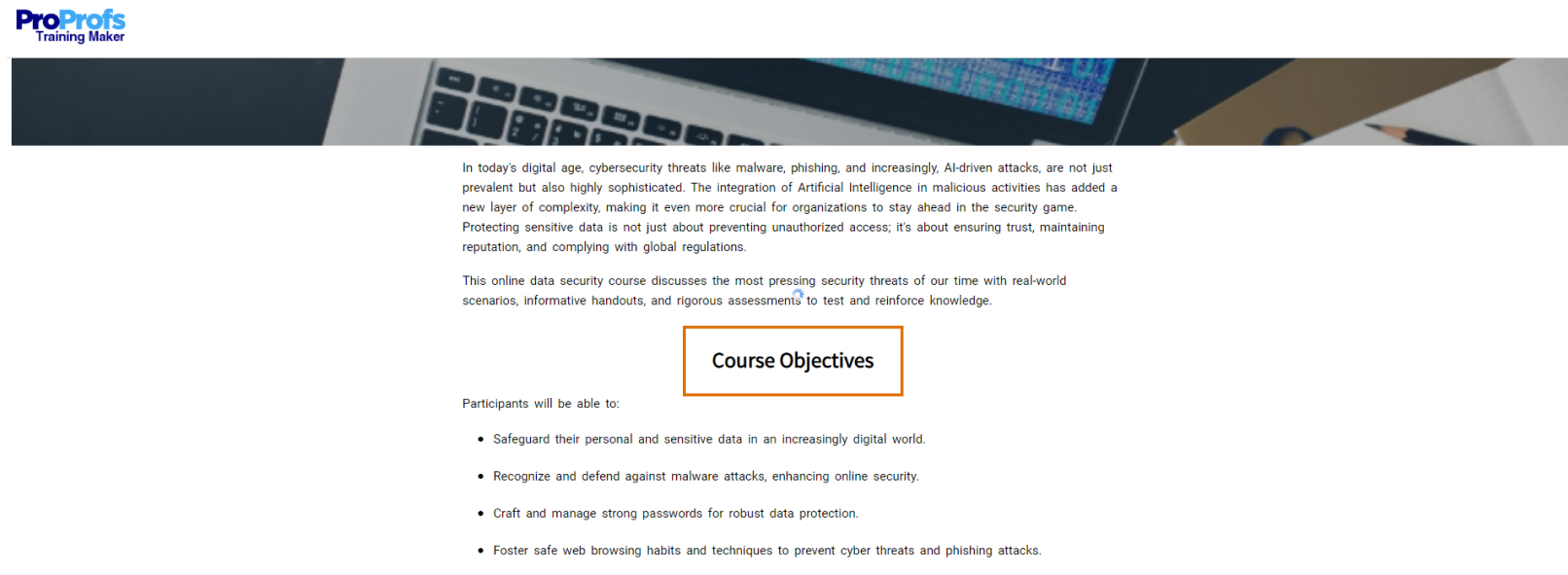
2. Instruction

This is where the main content delivery happens. Based on my experience, this stage needs to balance information delivery with participant engagement effectively. Whether it’s through a presentation, demonstration, or direct teaching, the goal is to make the content accessible and understandable. Using multimedia, handouts, assessments, or real-life examples can greatly enhance the learning experience.
3. Application

After grasping the new information, participants need an opportunity to put their knowledge into practice. This could be through workshops, simulations, or group discussions. From my own training sessions, I found that participants often gain deeper insights during this phase as they explore the practical aspects of the knowledge in a controlled, supportive environment.
4. Evaluation

Reflecting on that one session in which we missed out on evaluation, I now diligently incorporate this phase. It involves assessing the participants’ understanding through quizzes, feedback forms, or practical tasks. This phase helps confirm that the training objectives were met and gather insights on how to improve future sessions.
8 Effective Online Training Session Examples
Now, I will share a few examples of highly effective training sessions in various organizational settings. These examples include the type of training session, the objective it aims to achieve, a brief description of the session, and the target audience for each training.
1. Leadership Development Workshop
This workshop focuses on developing effective leadership qualities, including decision-making, team management, and conflict resolution, through interactive sessions and role-playing activities.

- Objective: To enhance core leadership skills and strategic thinking ability.
- Whom to Train: Current and aspiring leaders and managers.
2. Customer Service Excellence Training
Through simulations and case studies, participants will learn best practices in customer service, including communication techniques, handling difficult customers, and building lasting customer relationships.

- Objective: To improve customer service skills and ensure customer satisfaction and loyalty.
- Whom to Train: Customer service representatives and front-line staff.
3. Effective Communication Skills
Participants will engage in exercises and discussions designed to improve verbal and non-verbal communication, active listening, and public speaking abilities.
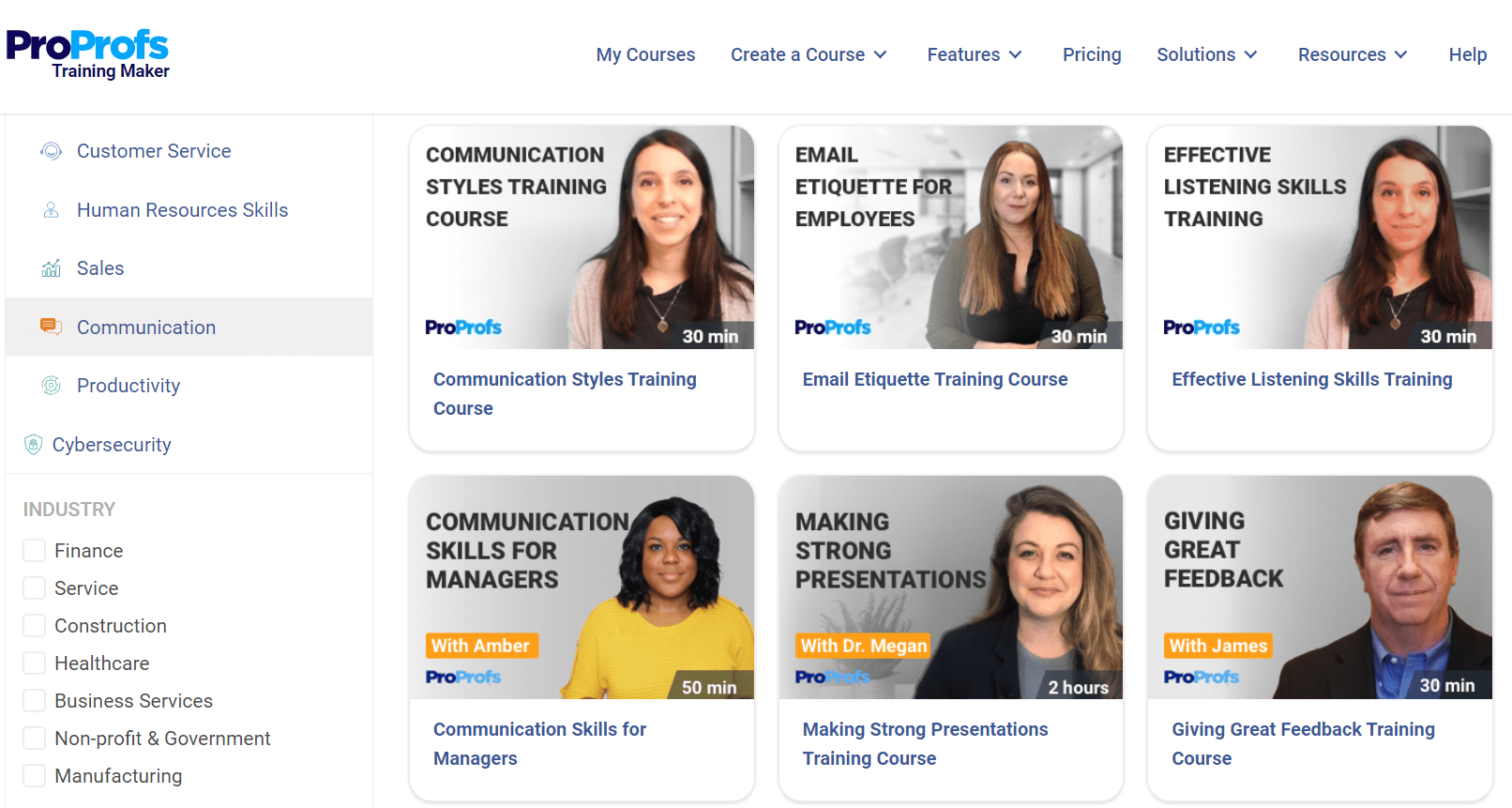
- Objective: To enhance interpersonal communication and presentation skills.
- Whom to Train: Employees at all levels who need to improve communication skills.
4. Time Management and Productivity
This training session provides strategies for prioritizing tasks, managing deadlines, and avoiding procrastination, with practical tips and tools to enhance personal and professional productivity.

- Objective: To boost productivity through effective time management techniques.
- Whom to Train: All employees seeking to improve time management.
5. Diversity and Inclusion Training
The training aims to raise awareness about diversity issues, promote inclusivity, and provide strategies for creating a respectful and supportive work environment through interactive activities and discussions.

- Objective: To foster an inclusive and respectful workplace culture.
- Whom to Train: All employees, with a focus on leadership and HR personnel.
6. Health and Safety Awareness
This session covers workplace safety protocols, emergency procedures, and health guidelines, emphasizing the importance of maintaining a safe and healthy work environment through practical demonstrations and safety drills.
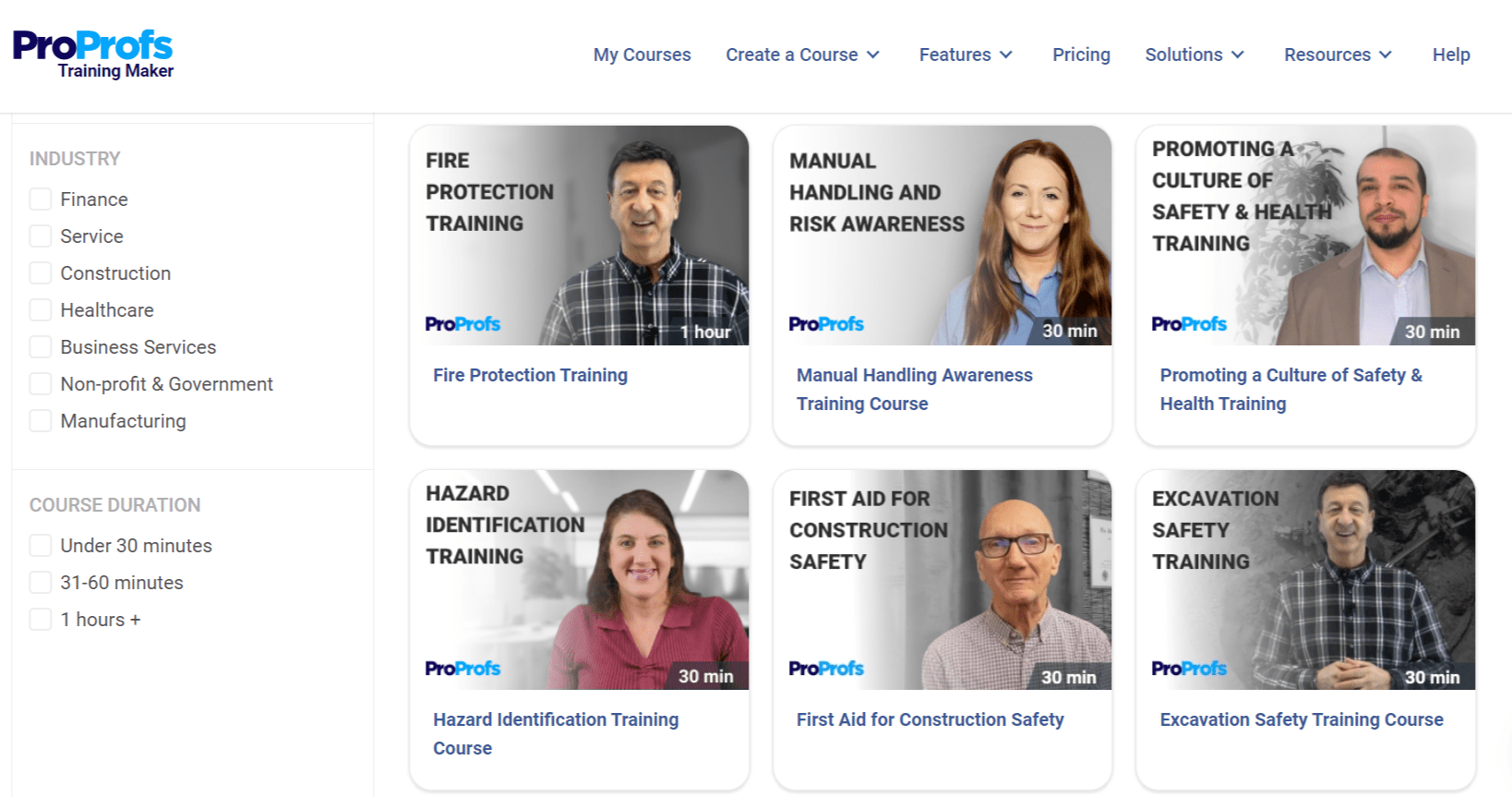
- Objective: To ensure the safety and well-being of employees.
- Whom to Train: All employees, especially those in high-risk roles.
7. Conflict Resolution and Negotiation Skills
Participants will learn techniques for resolving conflicts and negotiating effectively, with a focus on achieving win-win outcomes through role-playing and scenario-based exercises.

- Objective: To improve conflict resolution and negotiation skills.
- Whom to Train: Managers, team leaders, and HR professionals.
8. Compliance Training
This training ensures that participants are well-versed in industry regulations, legal requirements, and company policies, thereby minimizing risks and ensuring adherence to standards.

- Objective: To ensure all employees understand and adhere to applicable laws, regulations, and internal policies.
- Whom to Train: All employees, with a focus on those in roles with regulatory, legal, and compliance responsibilities.
Bring Out the Potential of Your Workforce With Effective Training Sessions!
Training sessions are not just about filling employees’ heads with information; they’re about igniting their potential. By implementing the strategies outlined in this guide, you can transform your training sessions from forgettable lectures into engaging experiences that empower your team to excel.
Remember, effective training is an investment that yields significant returns. It boosts productivity, fosters innovation, minimizes errors, and keeps your employees engaged, happy, and productive.
So, take the first step today and create training sessions that leave a lasting impression – not just on your employees’ minds, but on your company’s bottom line.
 Tips
Tips
We’d love to hear your tips & suggestions on this article!
Get Free Employee Training Software — All Features, Forever.
We've helped 567 companies train 200,000+ employees. Create courses in under a minute with our AI LMS or use 200+ ready-made courses on compliance, harassment, DEI, onboarding, and more!

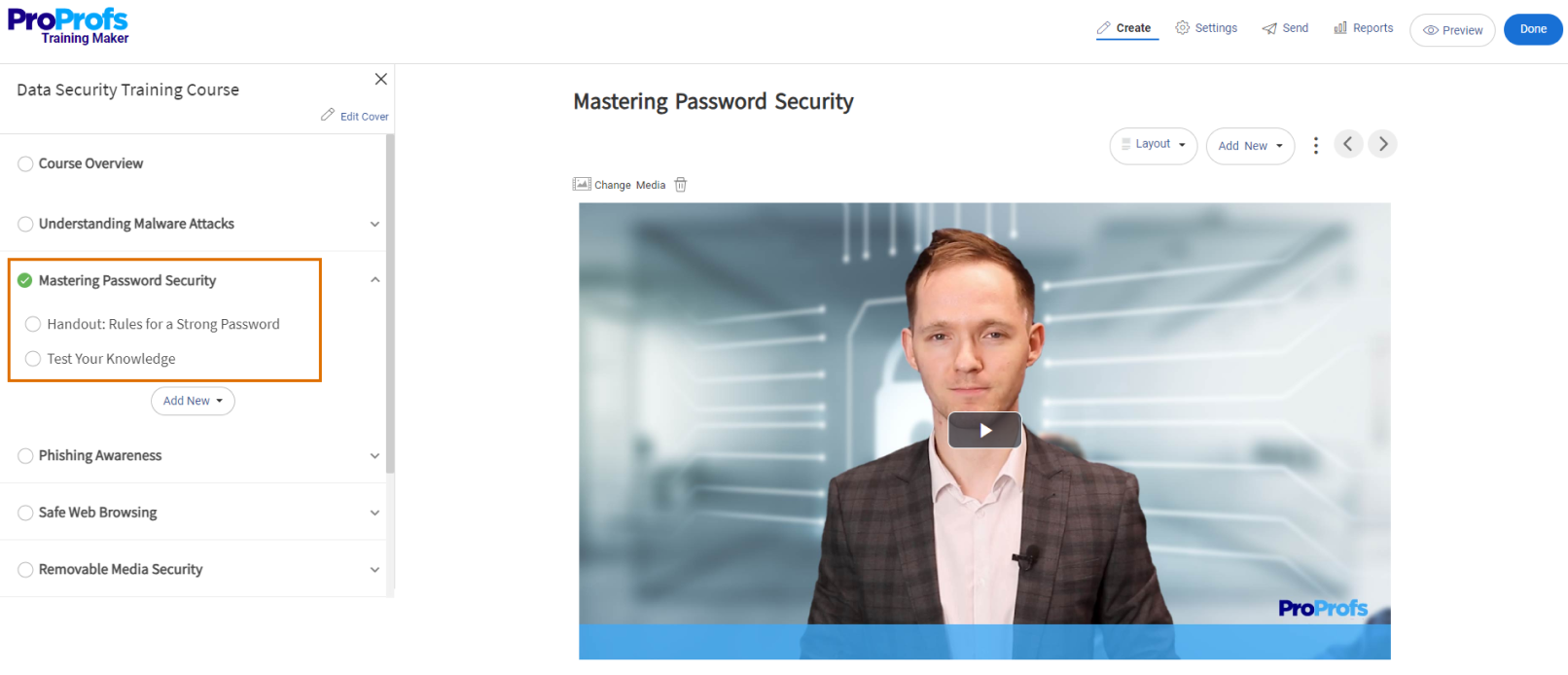
 We'd love your feedback!
We'd love your feedback! Thanks for your feedback!
Thanks for your feedback!







